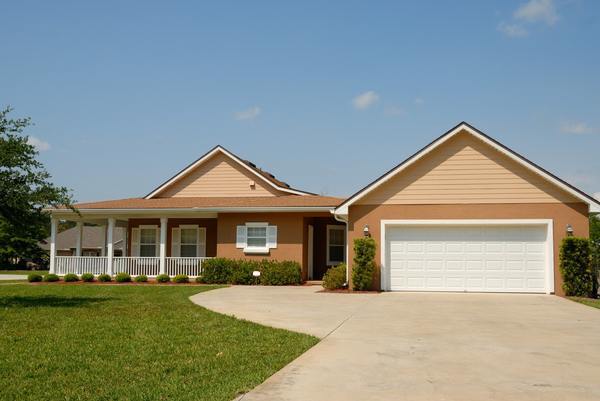NOTE: Before reading on, it’s important to understand that for various reasons small home additions are not usually cost effective to build modular. One way to do a modular home “addition” is to attach a small (minimum 1,000 SF) modular home to your existing home. Next Modular does not do custom modular home additions, or second story home additions of any size.
Over the years, your family structure changes. Whether your family is outgrowing your current home, or you find yourself providing in-home care for aging parents, there comes a time when the space available seems just a little too small. If either of these scenarios sounds like you, then we would suggest that you consider a modular home addition.
The Benefits of a Modular Home Addition
Because of the way modular room additions are built, you get high-quality for a lower price. It also takes much less time to complete your room addition than if you choose to go through a traditional building process. This short turnaround time is particularly important because adding an addition will be a temporary disruption to everyone in the home.
With a modular home addition, a large majority of the construction is done off-site. This means that the only intrusion comes when the rooms are set in place. Building the rooms at a central location also cuts down on waste and reduces costs.
On average a modular home addition costs 10%-20% less than a stick-built addition. When completed, you won’t be able to tell the difference between the two visually. However, the exact tolerances required to meet both the manufacturing and local building codes means that the modular addition is more airtight and sturdy than other means of construction.
Types of Modular Home Additions
The most popular prefabricated room addition is one that is attached to the side of a home to create a separate living quarters. This is often known as the Mother-In-Law Quarters or a Dawdy Haus. You can incorporate as many rooms or living areas as you need, including a kitchen, living spaces, and bedrooms. You could also add an area with bedrooms and bathrooms, and no kitchen, if that’s what you need. Some areas allow the construction of an entirely separate structure (specifically for aging parents) with its own well and septic system, provided that it meets criteria set forth by the local zoning and building authorities.
Know Whether or Not You Can Add-On
The first step is to make sure you can legally build an addition onto your home.
- Do you have any covenants or deed restrictions?
- Are there zoning restrictions that would prevent you from building an addition?
- Can you build a detached addition or must it connect to the existing structure?
- Will a crane and set crew have access to the property to place the addition?
- Do you need to make upgrades to your septic system to accommodate additional users?
Once you know the rules and restrictions governing your property, you can move forward to the next step of the process. Your modular home builder can help you with many of these questions and can give you tips on how to navigate the zoning and variance issues (if a variance is needed).
Financing a Modular Home Addition
If you have enough equity in your home, you might want to consider a Home Equity Loan to finance your home addition. For those without equity, you are probably going to need to apply for a construction loan.
To determine how much money a bank will lend you for a construction loan, they must first send out an appraiser to value your existing structure. Then, they estimate the market value after the addition is built. Most banks require you to have at least 20% equity in the house after construction.
What does this mean?
Let’s say the bank values your home currently at $200,000 before the addition. Estimates of the value of the house after the addition put it at $240,000. A bank wants you to have 20% equity in the loan. Therefore, they will not lend more than 80% of the appraised value of $240,000. In this case, they would be willing to lend up to $192,000 [$240,000 X 80%]. In this theoretical situation, if you owed $150,000 on your mortgage, you would be able to borrow $42,000. Plus you would stay within their 20% equity requirement. The difference between their max possible loan ($192k) and your current loan amount ($150k) is $42,000.
If you are feeling overwhelmed with the numbers and terminology, don’t feel bad! These concepts can be difficult to work with if you are not doing it all the time. Companies like Next Modular can help you fully understand the process and direct you to a local lender that specializes in modular home loans.
Consulting with a Modular Home Builder
Once you decide to build a modular addition, then you need to set up a meeting with a builder. Bring photographs and measurements of your property, or a survey if you have one.
Your builder can show you several design ideas that will tie into your existing home.
Next Modular offers beautiful prefab modular home additions at an affordable cost to customers in Northern Indiana and Southern Michigan. We are also a full-service builder, meaning we take care of everything from foundations to garages, and everything in between.




